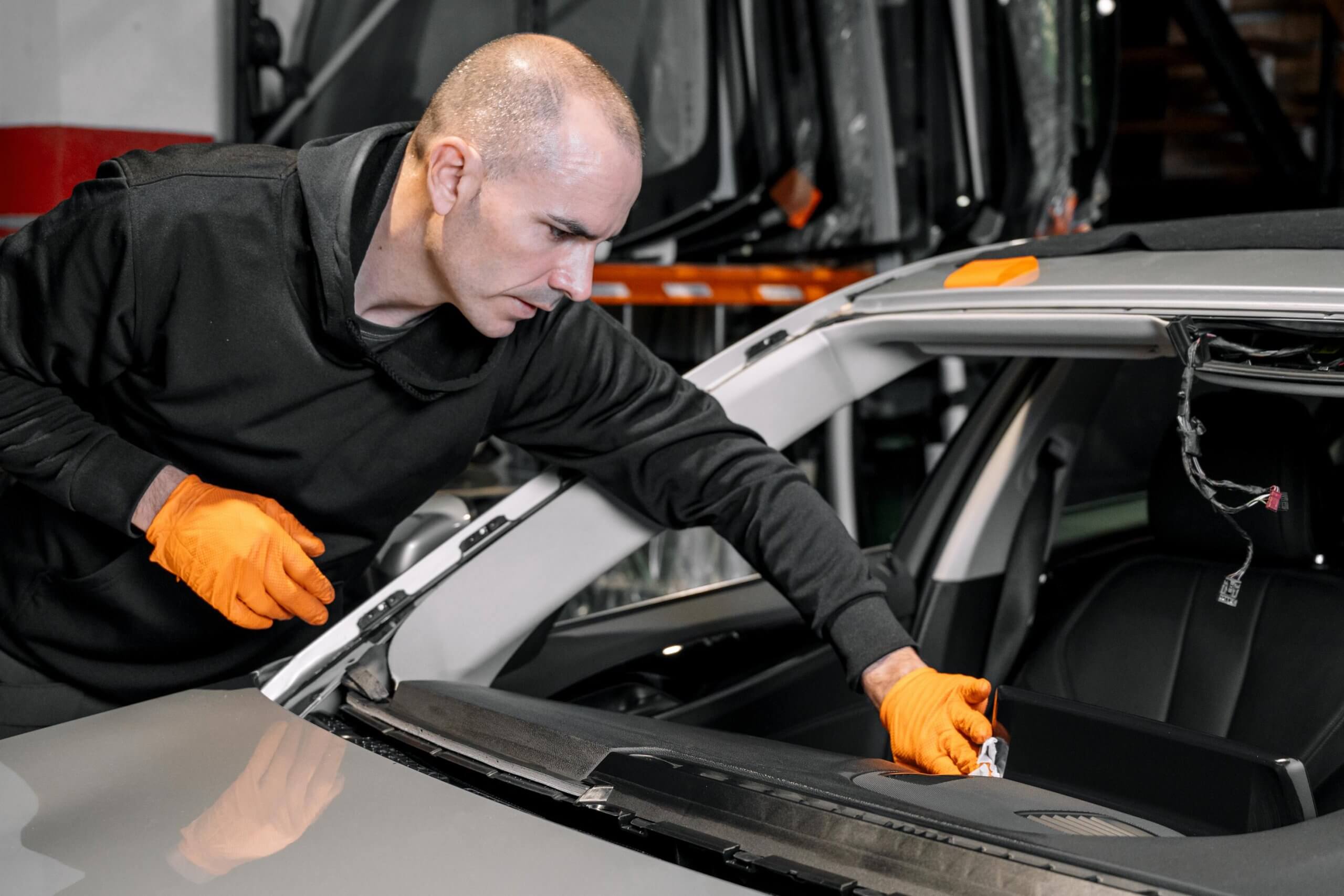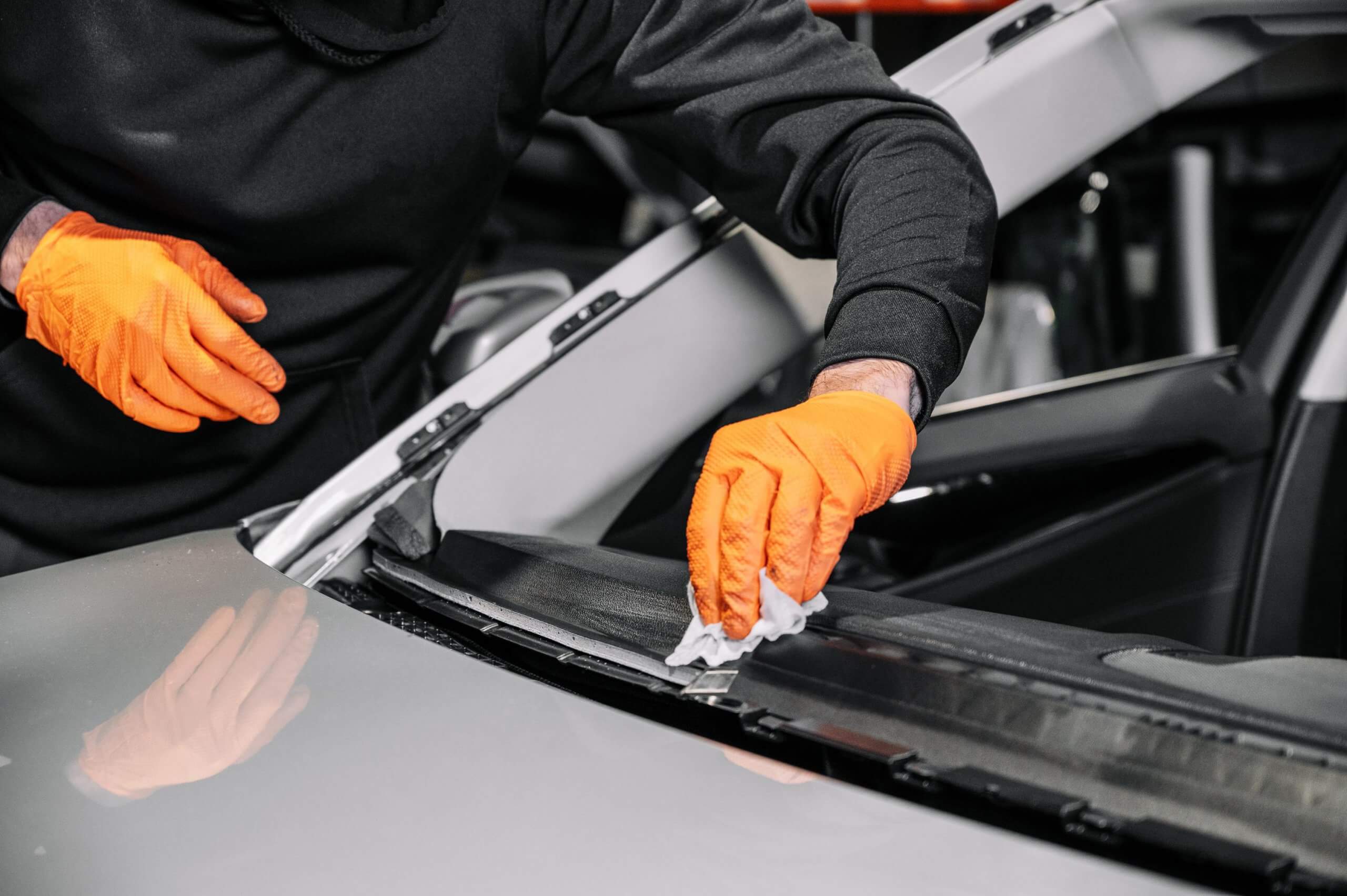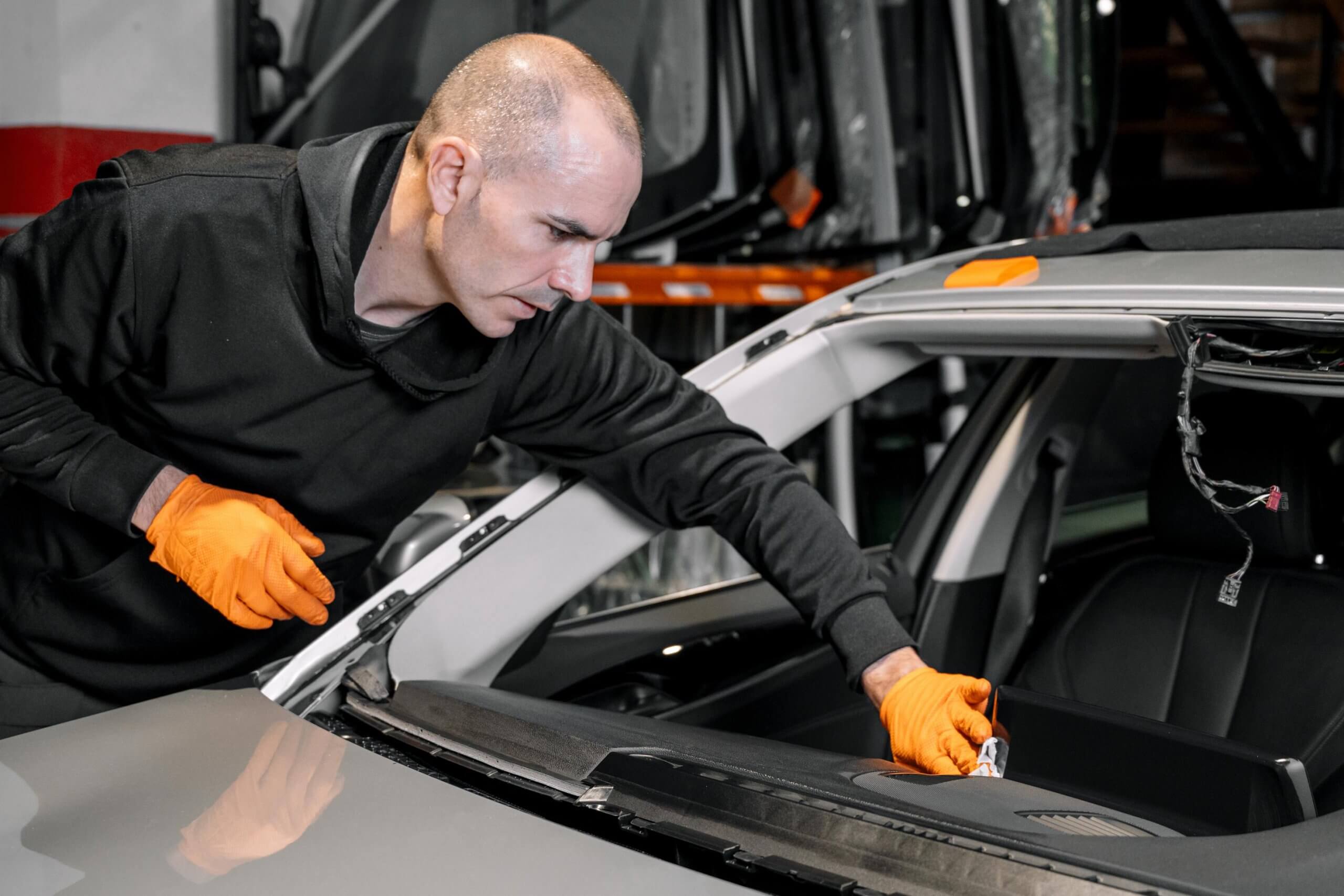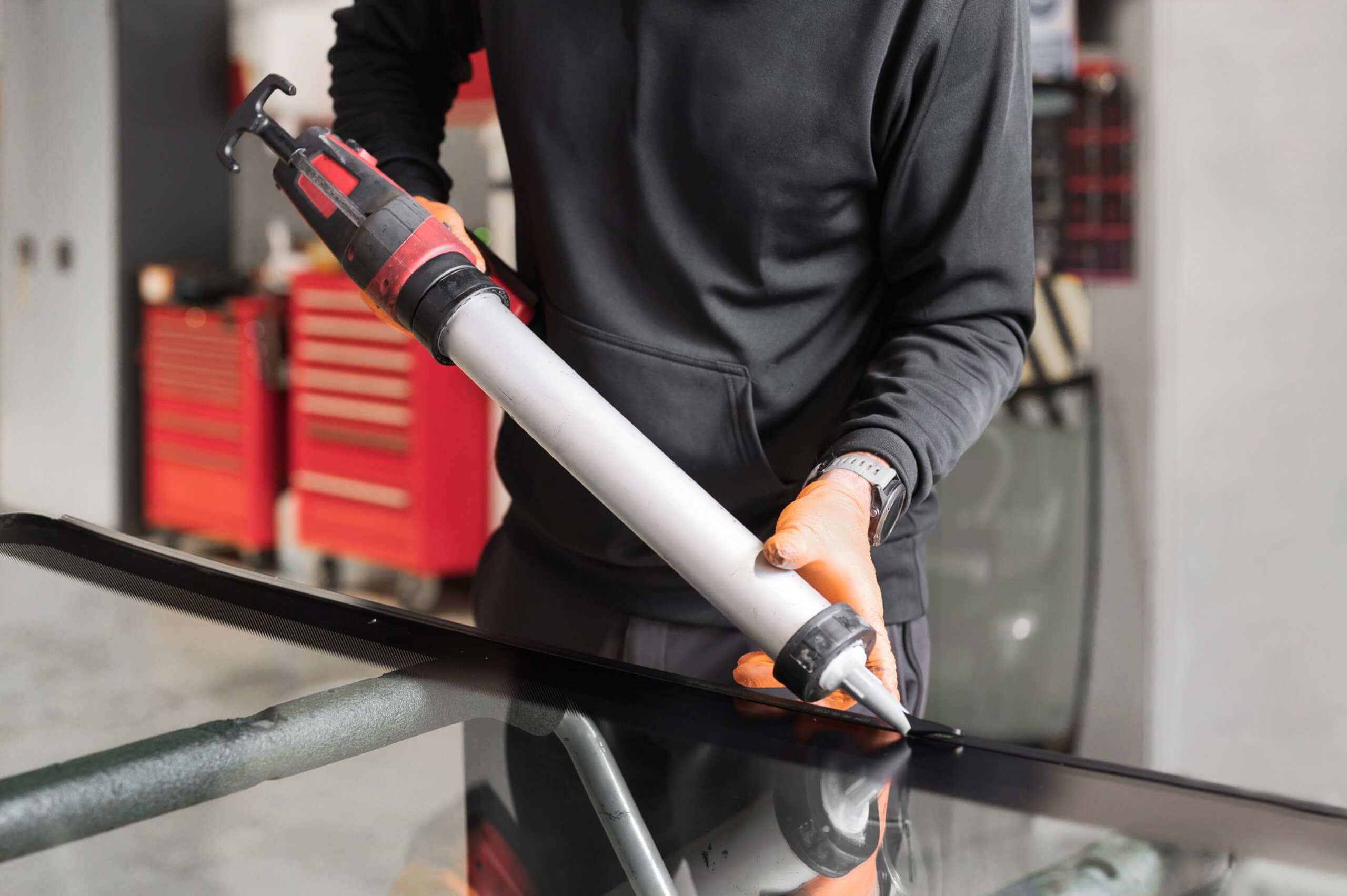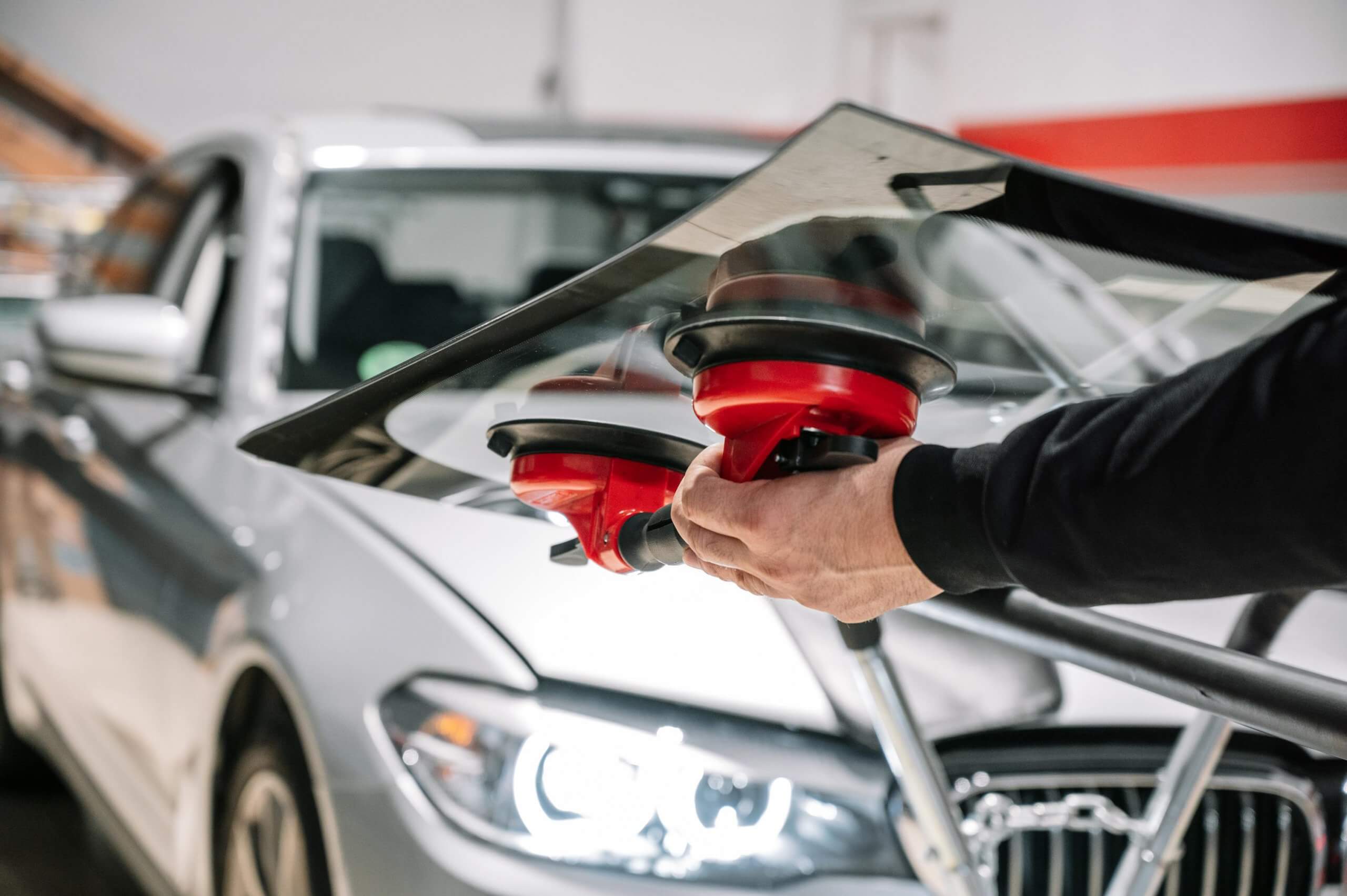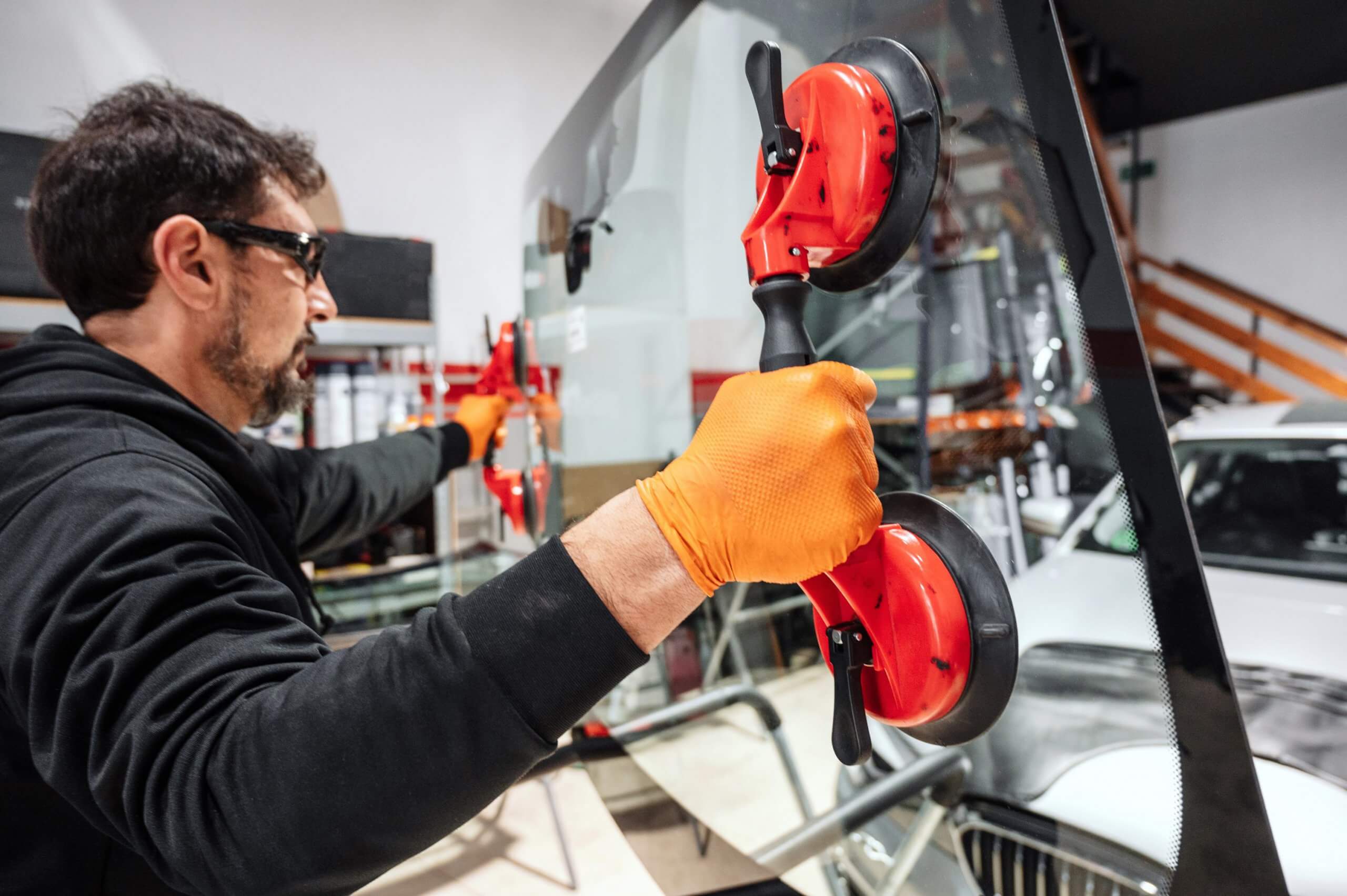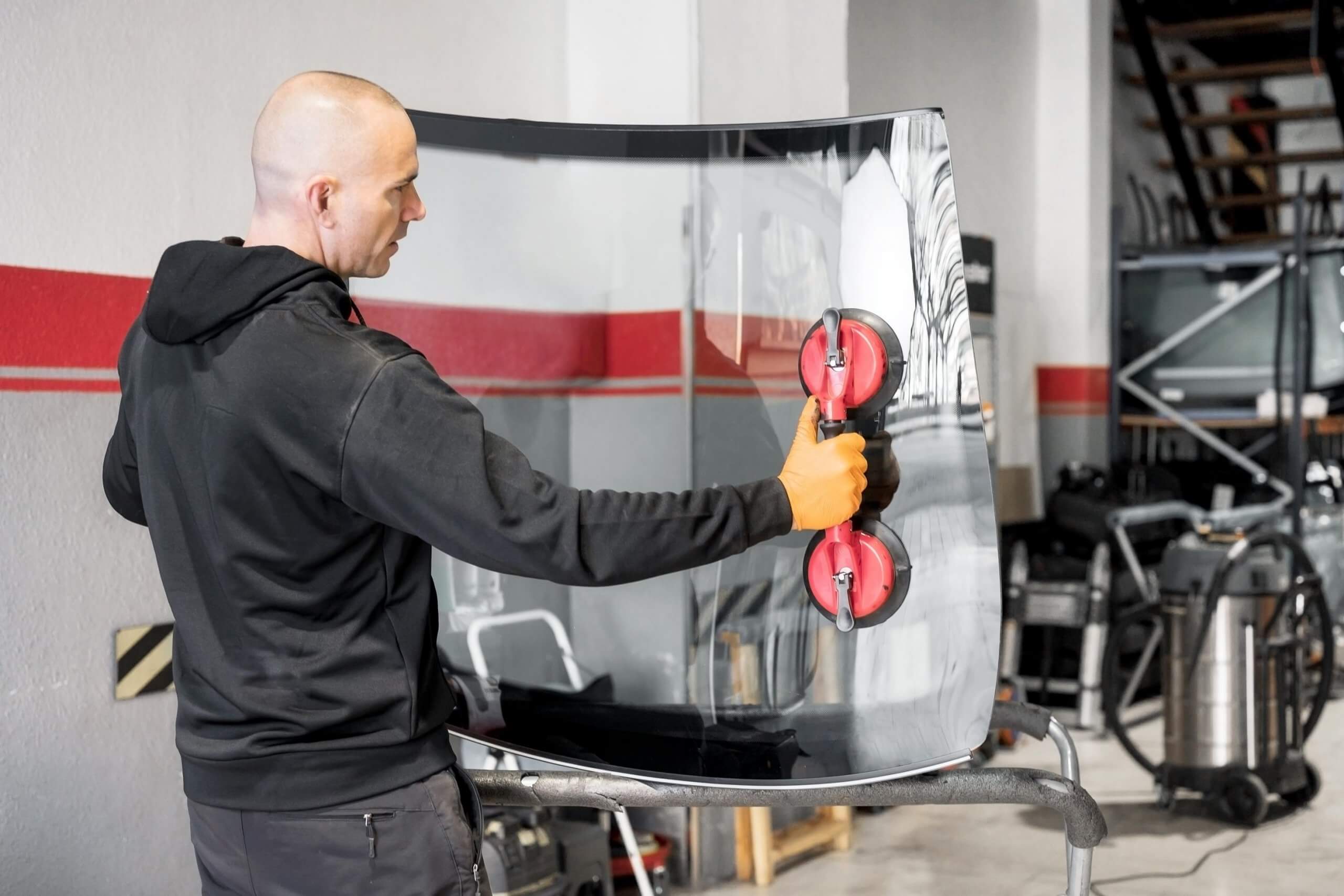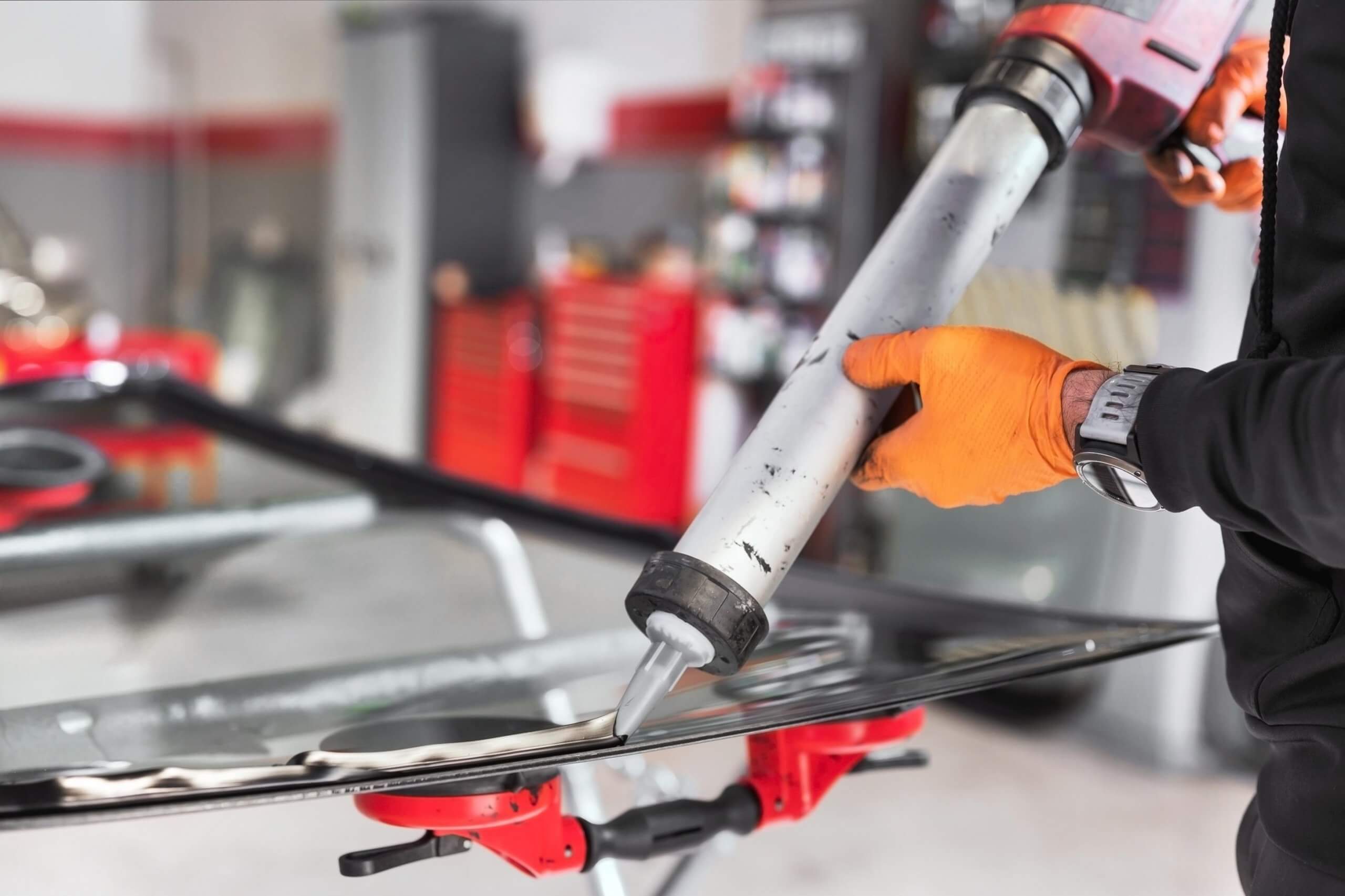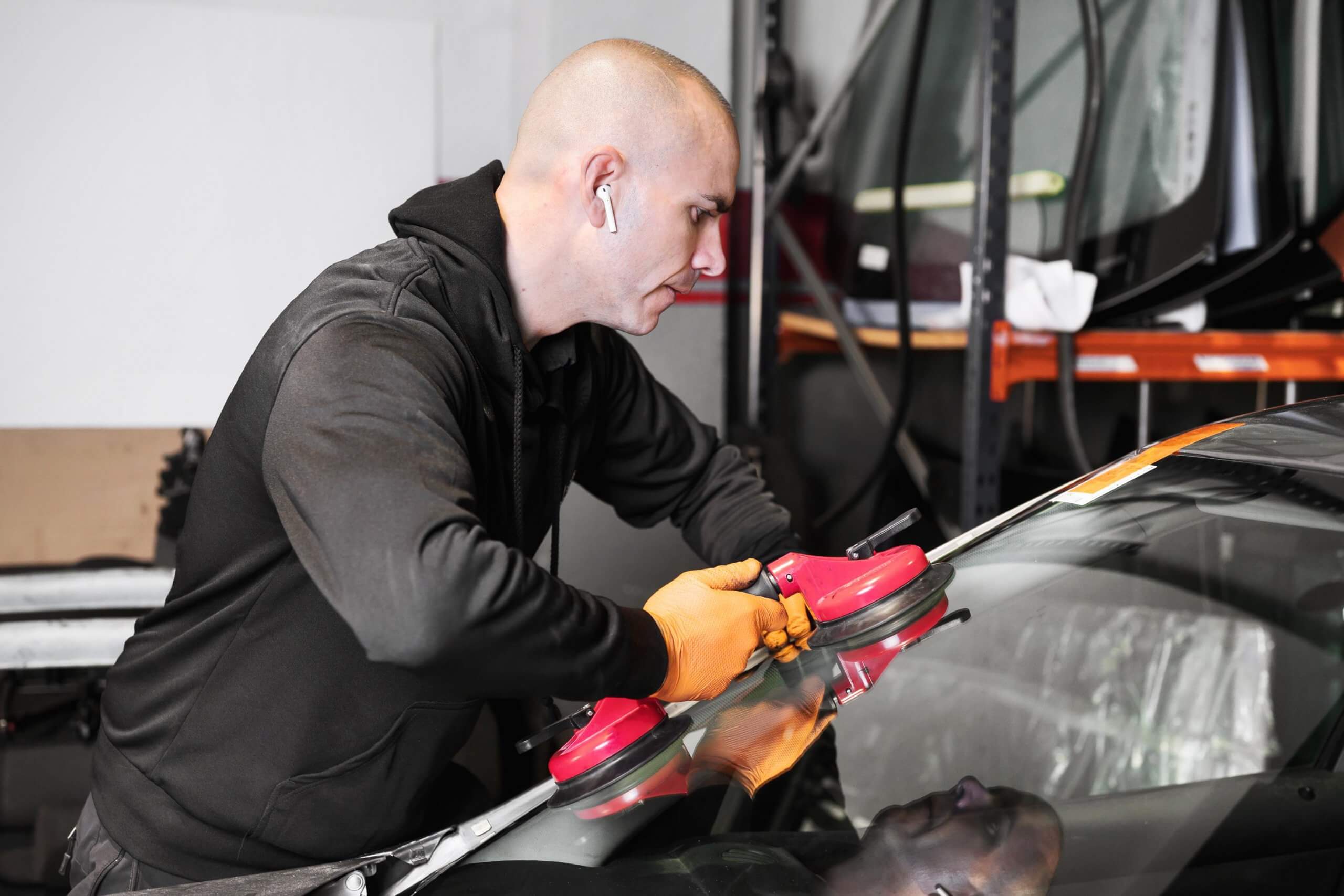Auto glass damage is a common occurrence faced by drivers in Arizona due to various factors like road debris, extreme weather conditions, and accidents. Understanding how your auto insurance policy covers glass damage is essential to ensure a hassle-free repair or replacement process. In this article, we will delve into the different insurance coverage levels available for auto glass in Arizona.
- Liability Insurance and Auto Glass Coverage:
Liability insurance is the minimum mandatory coverage required by the state of Arizona. However, it’s important to note that liability insurance typically does not cover auto glass damage. It is designed to protect other drivers and property in accidents where you are at fault. Therefore, if you solely have liability insurance, any repair or replacement costs for your damaged auto glass will have to be paid out of pocket.
- Comprehensive Insurance and Auto Glass Coverage:
Comprehensive insurance, unlike liability insurance, covers a wide range of damages to your vehicle that are not caused by collisions. This includes damages from natural disasters, theft, vandalism, and yes, auto glass damage. If you have comprehensive insurance as part of your auto policy, the costs of repairing or replacing your damaged windshield or windows should be covered, subject to your deductible.
- Zero-Deductible Auto Glass Coverage:
Some insurance companies in Arizona offer a specific auto glass coverage option that comes with a zero deductible. This means that if you have this type of coverage and need auto glass repairs or replacement, you won’t have to pay any out-of-pocket expenses. It’s essential to inquire about this option when purchasing or renewing your policy.
- OEM and Aftermarket Glass:
When filing a claim for auto glass damage, it’s essential to understand the types of glass your insurance policy covers. Original Equipment Manufacturer (OEM) glass refers to glass made by the same manufacturer as the original installed in your vehicle. Aftermarket glass is produced by third-party manufacturers. Some policies may cover only aftermarket glass, while others may cover both OEM and aftermarket options.
Conclusion:
Knowing the level of auto glass coverage your insurance policy provides can save you from unexpected expenses in the event of windshield or auto glass damage. If you have only liability insurance, consider adding comprehensive coverage to ensure you are protected from various non-collision-related damages, including those to your auto glass. Additionally, inquire about any zero-deductible auto glass coverage options to further safeguard yourself from potential costs.
Before making any decisions, review your insurance policy and consult your insurance provider to fully understand the coverage details and limitations related to auto glass repairs or replacements.
Remember, maintaining your auto glass in good condition is crucial for your safety on the road, as well as for the structural integrity of your vehicle.


